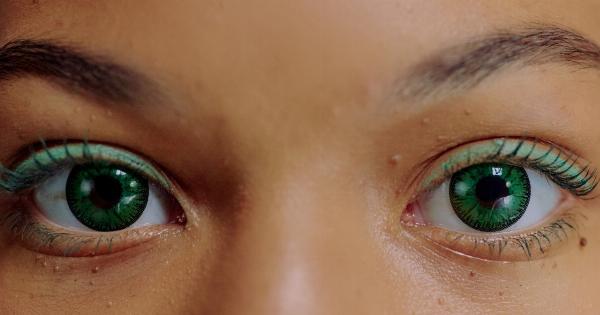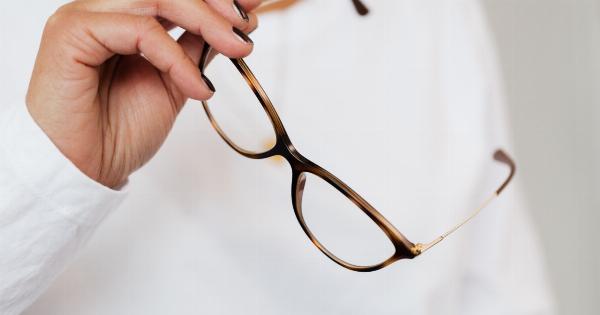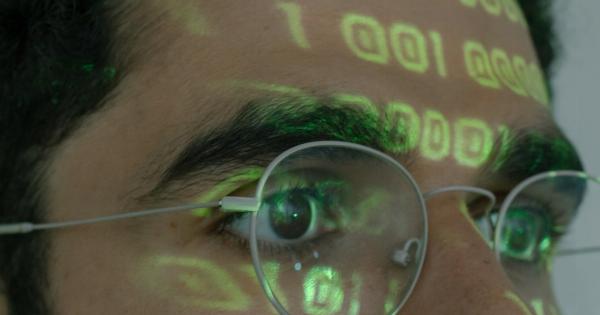Glaucoma is a common eye condition that affects millions of people worldwide. It is one of the leading causes of blindness, and early detection and treatment are crucial for preserving vision.
In recent years, there have been significant advancements in the field of ophthalmology, including the development of contact lenses that can detect and treat glaucoma. These innovative devices hold the potential to revolutionize the way we diagnose and manage this serious eye disease.
What is Glaucoma?
Glaucoma refers to a group of eye disorders that damage the optic nerve, which is responsible for transmitting visual information to the brain. This damage is often caused by increased pressure inside the eye, known as intraocular pressure (IOP).
If left untreated, glaucoma can lead to vision loss and, ultimately, blindness.
The Importance of Early Detection
Early detection of glaucoma is crucial because it allows for prompt treatment and management. In the early stages, glaucoma may not exhibit any noticeable symptoms, making regular eye examinations all the more important.
Traditional methods of diagnosing glaucoma involve measuring IOP using a device called a tonometer and assessing the optic nerve for signs of damage.
The Limitations of Traditional Diagnosis
While traditional diagnostic methods are effective, they often require specialized equipment and trained ophthalmologists.
Consequently, many individuals with limited access to healthcare facilities may go undiagnosed until the disease has progressed to an advanced stage. This highlights the need for simpler, more accessible methods of glaucoma detection.
The Promise of Smart Contact Lenses
Smart contact lenses equipped with cutting-edge technology offer a potential solution to the limitations of traditional diagnostic methods.
These lenses are designed to continuously monitor intraocular pressure and other important eye metrics, providing valuable information to both patients and healthcare providers. By detecting subtle changes in IOP, these lenses can potentially identify glaucoma at an early stage, even before symptoms become apparent.
How Do Smart Contact Lenses Work?
Smart contact lenses for glaucoma comprise tiny sensors embedded within the lenses themselves. These sensors are capable of measuring IOP and other parameters, such as corneal thickness and tear film dynamics.
They transmit the collected data wirelessly to a smartphone or other compatible device, allowing for real-time monitoring and analysis.
Alerting the Users
One of the key features of smart contact lenses is their ability to alert both the wearer and their healthcare provider when a potential issue is detected.
This real-time monitoring enables healthcare professionals to intervene promptly and implement appropriate treatment strategies. Additionally, patients can take an active role in their own eye health by being aware of any changes in their intraocular pressure and seeking medical attention when necessary.
Treating Glaucoma with Smart Contact Lenses
Smart contact lenses not only aid in the detection of glaucoma but also have the potential to treat the condition.
One approach currently being explored is the use of these lenses to provide continuous, controlled delivery of glaucoma medication to the eye. By eliminating the need for multiple daily eye drops, smart contact lenses can improve medication adherence and, subsequently, the effectiveness of treatment.
Challenges and Future Directions
While smart contact lenses hold tremendous promise, several challenges must be addressed before they can be widely adopted.
These include ensuring their accuracy and reliability, achieving long-term comfort for users, and addressing any potential safety concerns. Ongoing research and development efforts in the field aim to refine the technology further and overcome these obstacles.
Conclusion
Contact lenses that detect and treat glaucoma represent an exciting advancement in the field of ophthalmology.
With their ability to continuously monitor intraocular pressure and deliver medication, these smart lenses have the potential to revolutionize the way we diagnose and manage glaucoma. By improving accessibility and early detection rates, smart contact lenses could help preserve vision and enhance the quality of life for individuals at risk of this sight-threatening condition.





























